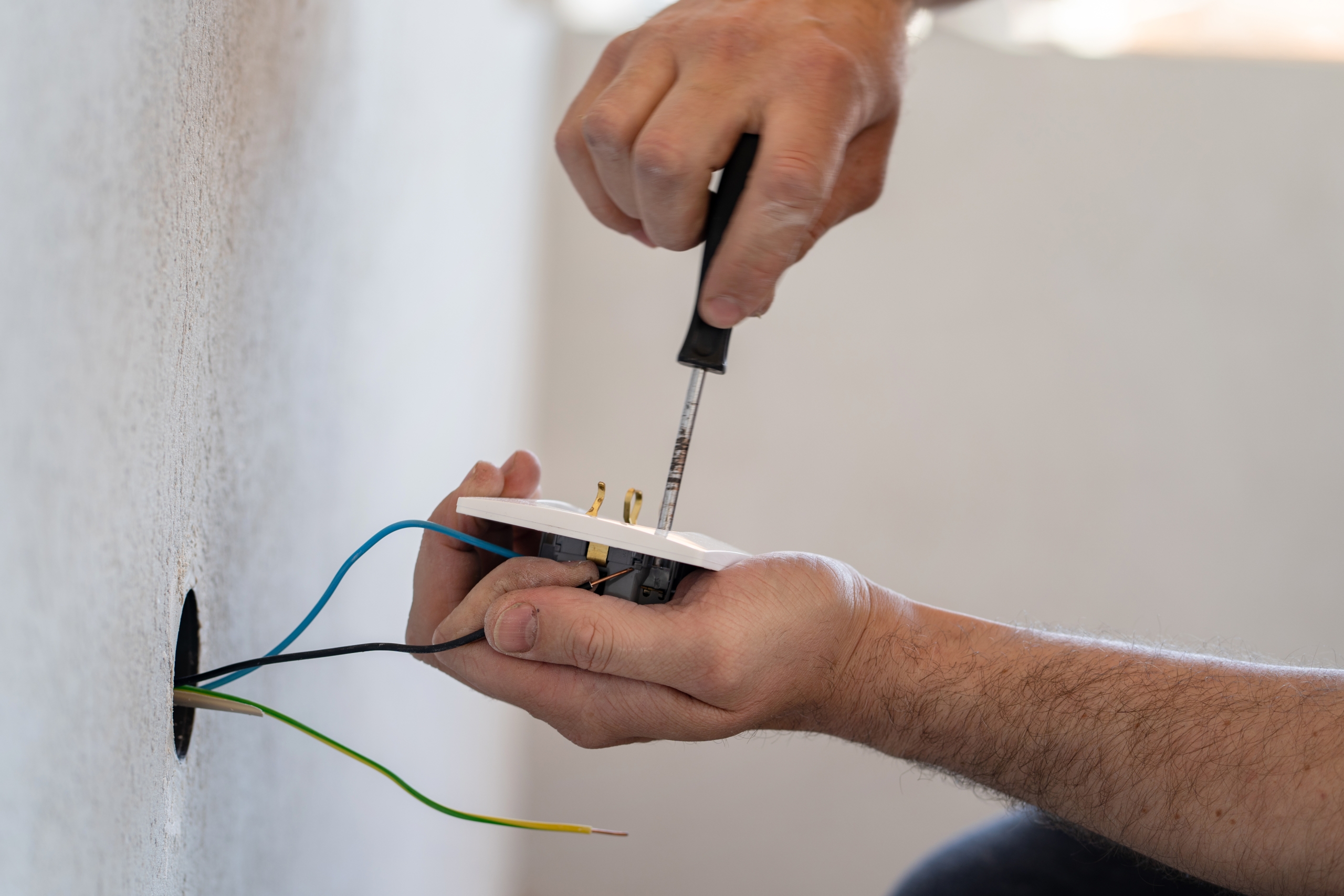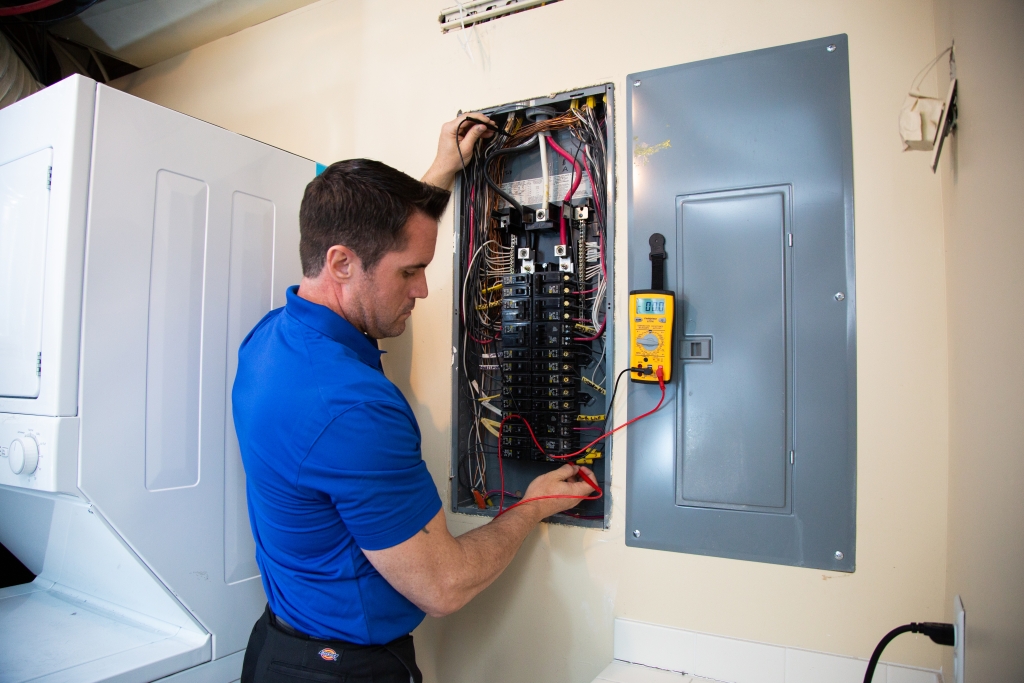Electrical shorts are a very common issue that can lead to serious damage if not addressed right away. Calling in an electrical professional is often the best course of action to take, but you can also learn to fix this problem on your own. Read on to learn how to identify and fix electrical shorts yourself, saving you time and money.
What is an Electrical Short?
An electrical short, or short circuit, is a low resistance connection between two conductors. It can happen for several different reasons. It most commonly occurs when a current doesn’t take the route it’s supposed to take, like when an electrical wire-carrying current touches another wire. Electrical shorts can also occur when insulation gets damaged or worn down, causing the live wire to be exposed. A connection can become loose and wires can sag and touch another wire. Wires can also be punctured by screws and nails, and can be chewed on and damaged by small pests such as mice and squirrels. You’ll know you have a short if your circuit breaker tips or fuses in your home repeatedly blow. Short circuits can be dangerous and can lead to damage and even fires, so it’s best to identify and fix them as soon as possible.
Proper Equipment:
There are a few common tools you will need to help identify shorts in your home.
Volt/ohm meter- also known as a multimeter, these devices measure resistance, voltage, and ohms.
Screwdriver: Philips or flathead screwdrivers can be helpful for addressing issues with appliances.
Pliers: These are helpful for removing wires and other objects you might be working with.
Wire strippers: These may be necessary if you need to expose more of the wire in order to get a better connection
Follow These Steps to Identify and Fix a Short
Check Appliances to Help Isolate the Breaker:
This is the first step in fixing an electrical short. To begin, you’ll want to identify which circuit keeps breaking. Try unplugging each appliance and checking them for any damage. Then, you can try plugging in one appliance at a time and resetting the circuit breaker. If the circuit breaker doesn’t trip, you can keep checking each appliance using this method until you find the one that causes the circuit breaker to trip. Once identified, you can unplug that appliance and begin the process of fixing the electrical short.
Remove and Check Wires:
To remove a wire, start by turning off the circuit. Then, choose the volts setting on your multimeter. Place the metal probes in to the outlet and make sure it reads zero volts. Next, you can use your screwdriver and pliers to remove the receptacle followed by the wires. To check the wires, you can look at them individually to see if there is any power coming from them by using your volt/ohm meter. A bare portion of the wire might be required for this step, and you can do this by using your wire stripper. Connect one lead of the meter to the white wire, and one to the black wire. If the multimeter is giving a reading of infinite ohms (O.L.), then the receptacle needs to be replaced. If the multimeter is showing continuity, the electrical short could be in the circuit breaker or the within the wire.
Repair and Return the Wire:
Once you identify the damaged wire, you will want to cut a section of it and replace it. Use your wire cutter to cut off the damage and then strip a section of both ends of the remaining wire that will fit the butt connector, followed by cutting the new wire to match the size of the damaged wire that you removed. You can then use the butt connectors to strengthen the connection of the new wire. You might also want to use conduits or wire ducts to keep the wire secure. Once the wire is repaired, you can connect it to the circuit breaker, and once everything is secure, you can turn the primary circuit breaker back on.
Conclusion:
Electrical shorts are a common problem, and you can usually fix them on your own. However, electrical work can be tricky and sometimes requires the assistance of an experienced electrician. If you’ve tried the tips listed above and you need some additional help, call in the Expert Services- Plumbing, Heating, Air & Electrical!

